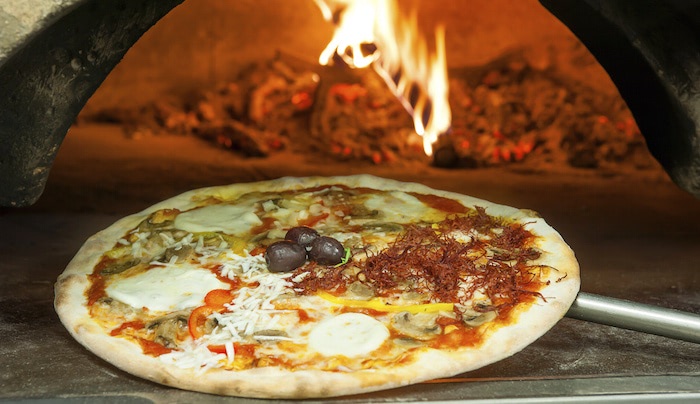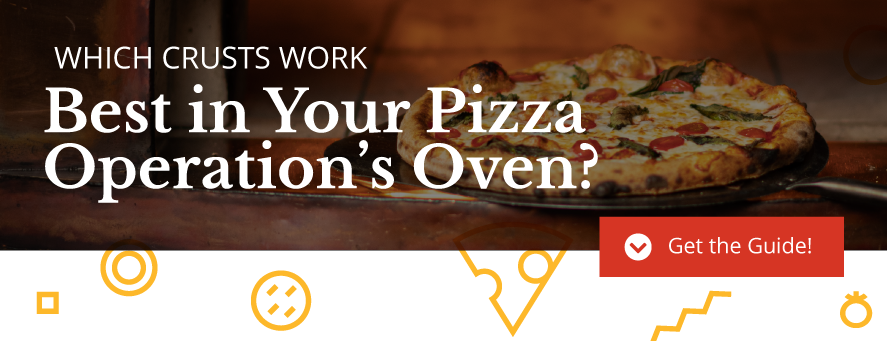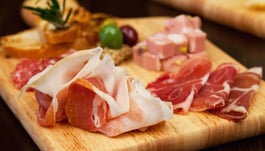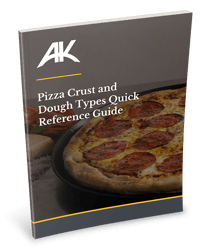
Part 1 of our Ovens blog series alerted you to how the type of oven you use impacts the type of pies you make. But there are still other considerations: What type of space will you build, rent or buy? Is it a freestanding building? A storefront? Mall food court?
Your pizzeria’s structure and size limit your oven possibilities, as do certain regulations, utilities availability, desired features and price. You need to think about the environment in which the oven will be used, and common issues that may arise that could impact business.
How much space do you have available?
Small areas require ovens that take up a minimal amount of space. Convection ovens typically only need 15 to 60 cubic feet, and some even have narrow widths and added height to conserve precious floor space.
Medium areas may allow a little more room for equipment sprawl, but smart decisions still have to be made. A four-deck oven can fill up to 160 cubic feet, which sounds like a lot until you consider that most of the filled space is taken up by the vertical stacking design instead of horizontal measure.
Large areas are the best bet for conveyor ovens. With minimum space requirements that hover in the 150-330 cubic foot range to accommodate extended entrance and exit conveyor belts that are also wide enough to fit two large pies side by side, conveyor ovens can be kitchen behemoths.
There’s no mention of brick ovens, and we did that intentionally. Brick ovens routinely vary by size because they are built to fit a specific space, and may be designed to add customer appeal — like floor to ceiling construction or a base as large as 30 square feet. It’s a custom option you can consider, but know that brick ovens often tend to run on the large side.
Other than pie performance and physical space, which oven features are important?
Noise, heat and hood requirements can differ drastically between brands and oven types.
Baking capacity may need to be tweaked to fit your store concept. Two ovens of different sizes/types may be more feasible than just one.
Price is always a consideration, but it shouldn’t be the only one. Extra money invested upfront for better service, warranties and parts availability will likely provide solid returns.
What about regulations and availability of utilities?
Location and codes may impact the type of oven you can use. For example, shopping malls may prohibit use of wood-fired ovens as they would not comply with the building’s fire safety codes.
Natural gas, electricity, coal or wood may not be readily available, which would limit oven options. Or, if coal or wood is abundant, would you have the capacity to store them for future use?
You’ve narrowed your oven choices down by pizza type, production capacity, space and other logistics — could there be more to consider? Yes! Check out the third and final installment of our Ovens blog series for insights about how your oven impacts pie flavor, texture, characteristics and quality.
Get even more information about the primary pizza oven types, including their impact on your operation and your pies in our complete guide, How to Select the Right Oven for Your Pizza Operation. Download your free copy now by clicking the button below.





